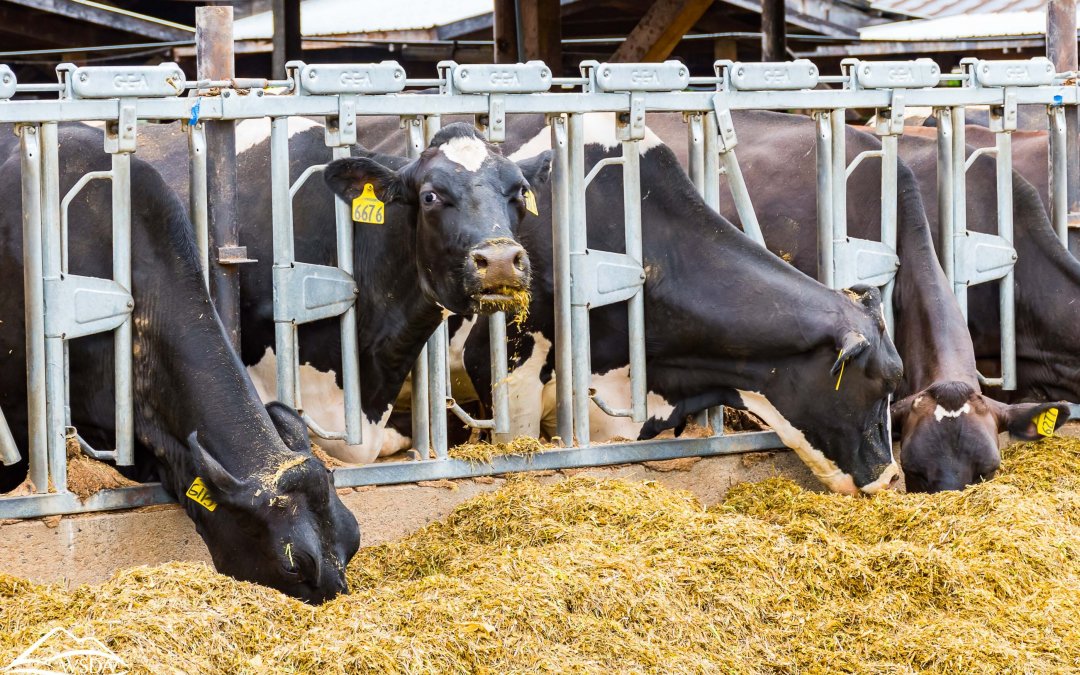WASHINGTON – A third case of bird flu was confirmed in California on Wednesday by the Centers for Disease Control and Prevention, following two other cases confirmed in the state last week. Two additional presumed cases are awaiting verification.
Wild birds, which are considered reservoirs for the virus, shed avian influenza and infect both poultry and dairy cows. According to CDC data, 295 herds of dairy cows have been infected, and 14 states have seen outbreaks in cattle. 100,781,821 poultry have been infected as of Oct. 8.
Humans who come in contact with these animals, especially dairy workers, are at risk of infection. This most recent case is the 17th instance of bird flu, a strain of influenza A known as H5N1, in the United States since March 2024.
The three known infected Californianians are dairy workers who were exposed to infected dairy cattle. Each case stemmed from a different farm, and patients reported mild symptoms. Typically, patients infected with the virus will experience respiratory symptoms, similar to the seasonal flu, or eye redness and irritation. But illness can range in severity from mild symptoms to severe symptoms that are fatal, according to the CDC.
There has been no evidence that the virus can spread between humans, but a patient in Missouri without known contact with animals was diagnosed with avian flu last month. One member of the patient’s household and six health care workers who came in contact with the patient subsequently developed symptoms of bird flu, the CDC said. The patient’s household member did not test for avian influenza, and one of the symptomatic health care workers tested negative, though the test was done after the ten-day testing window had elapsed.
Currently, experts are not concerned about human-to-human transmission. “At the present time, the risk to humans is really almost entirely limited to dairy workers,” said Dr. Dean Blumberg, Professor and Chief of Pediatric Infectious Diseases at UC Davis Health.
Blumberg says the concern lies in the risk of the virus mutating.“If the strains mutate, then there can be a risk of it mutating so there’s more human-to-human transmission. And then, instead of the infection risk being confined to the dairy workers, it could enter into the general population.”
So far, mutations have been limited. The Food and Drug Administration discussed avian influenza at its Meeting of the Vaccines and Related Biological Products Advisory Committee on Thursday.
Dr. Todd Davis, Acting Chief of the Virology, Surveillance, and Diagnosis Branch of the CDC, expressed optimism at the meeting. “These viruses thankfully have remained relatively genetically stable. We’re not seeing changes that impact increased infectivity or that would be predicted to yield increased transmissibility among people.”
Also discussed at the FDA Advisory Committee meeting was pandemic influenza preparedness and the progress that has been made on vaccine development.
Dr. Christine Oshansky spoke about the work of the Biomedical Advanced Research and Development Authority (BARDA) and its advanced production of vaccines for avian influenza. “We work with CDC and other WHO collaborating centers and we are monitoring the surveillance very closely of the animal viruses that are circulating around the world,” she said.
“I think it’s important for the FDA to be reviewing the avian influenza vaccines,” Dr. Blumberg said. “That’s a forward-thinking step. But at the present time, I think the major focus needs to be on surveillance of the dairy herds. We still have very little data about the prevalence of avian influenza within dairy herds, and part of that is because in most states, it’s voluntary for ranchers to allow their herds to be tested.”
Dr. Maurice Pitesky, Associate Professor at the UC Davis School of Veterinary Medicine-Cooperative Extension, expects that the virus is here to stay.
“It’s affecting so many different geographies and species that we’ve never detected it in before, and now we’re also finding it in human wastewater,” he said. “It’s the largest animal outbreak of disease we’ve ever had in the 5000 to 7000 years of domesticated agriculture. It’s significant, and it’ll probably continue to be that way.”


